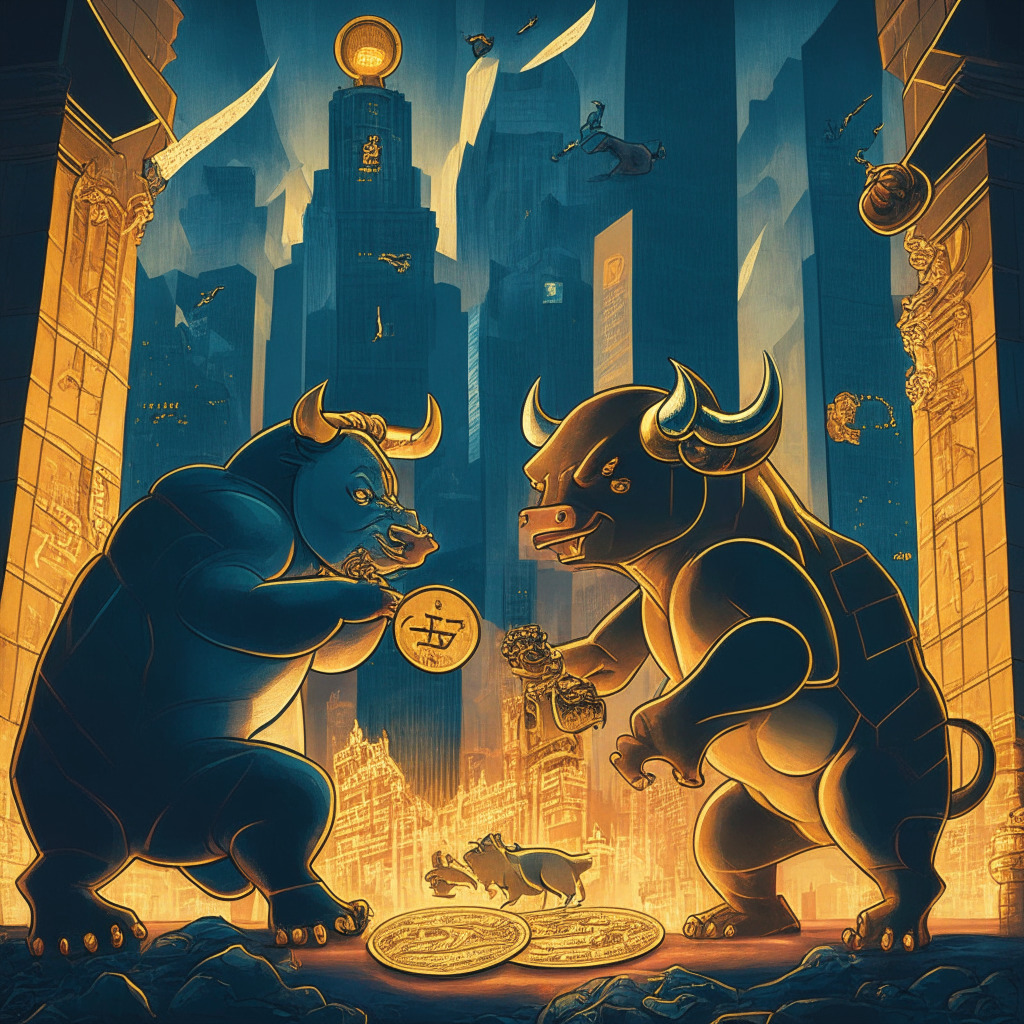The risk/reward ratio is a well-known metric used to measure the potential profit and loss of a trade. In the context of cryptocurrency trading, this ratio is essential to evaluating both short-term trades and long-term investments or “hodling.”
To calculate the risk/reward ratio, traders must first determine the initial risk, which is the difference between the entry price and the stop-loss price. Next, they must compute the potential reward, which is the difference between the take-profit price and the entry price. The risk/reward ratio is calculated by dividing the initial risk by the potential reward.
While the risk/reward ratio provides valuable insight into the potential risks and rewards of a given trade, it is not a guarantee of success. It is based on assumptions about an asset’s future price movement, which may not always hold true. Additionally, it can be oversimplified, not accounting for factors such as market conditions, liquidity, and transaction costs.
In volatile markets like cryptocurrency, the risk/reward ratio requires constant adjustments to maintain optimal balance. To optimize the ratio, traders should consider factors like position size, win rate, maximum drawdown, and expectancy.
The position size, or the amount of capital allocated to each trade, directly impacts the risk/reward ratio. Traders should also consider their win rate or the total percentage of profitable trades, as a higher win rate suggests the trader can afford a lower, safer risk/reward ratio. Maximum drawdown, which measures the most substantial decline in a trader’s account from its highest value, affects the risk/reward ratio as well.
Expectancy, which measures the long-term profitability of a trading or investing strategy, is another crucial factor in determining an optimal risk/reward ratio. A high-risk/reward ratio suggests larger potential profits than potential losses, while a low risk/reward ratio requires more frequent wins.
As cryptocurrency trading evolves, the risk/reward ratio’s importance remains a key factor. The volatile nature of the crypto market, liquidity, strength of the underlying technology, and regulatory landscape all influence the risk/reward ratio when trading digital currencies.
In conclusion, the risk/reward ratio is a vital tool in cryptocurrency trading. Though it does not guarantee success, it allows traders to make informed decisions with risk management strategies. By considering factors such as position size, win rate, maximum drawdown, and expectancy, traders can optimize their risk/reward ratio and improve their trading outcomes. Ultimately, the risk/reward ratio should be used alongside other risk management tools and strategies for maximum effectiveness.
Source: Cointelegraph




